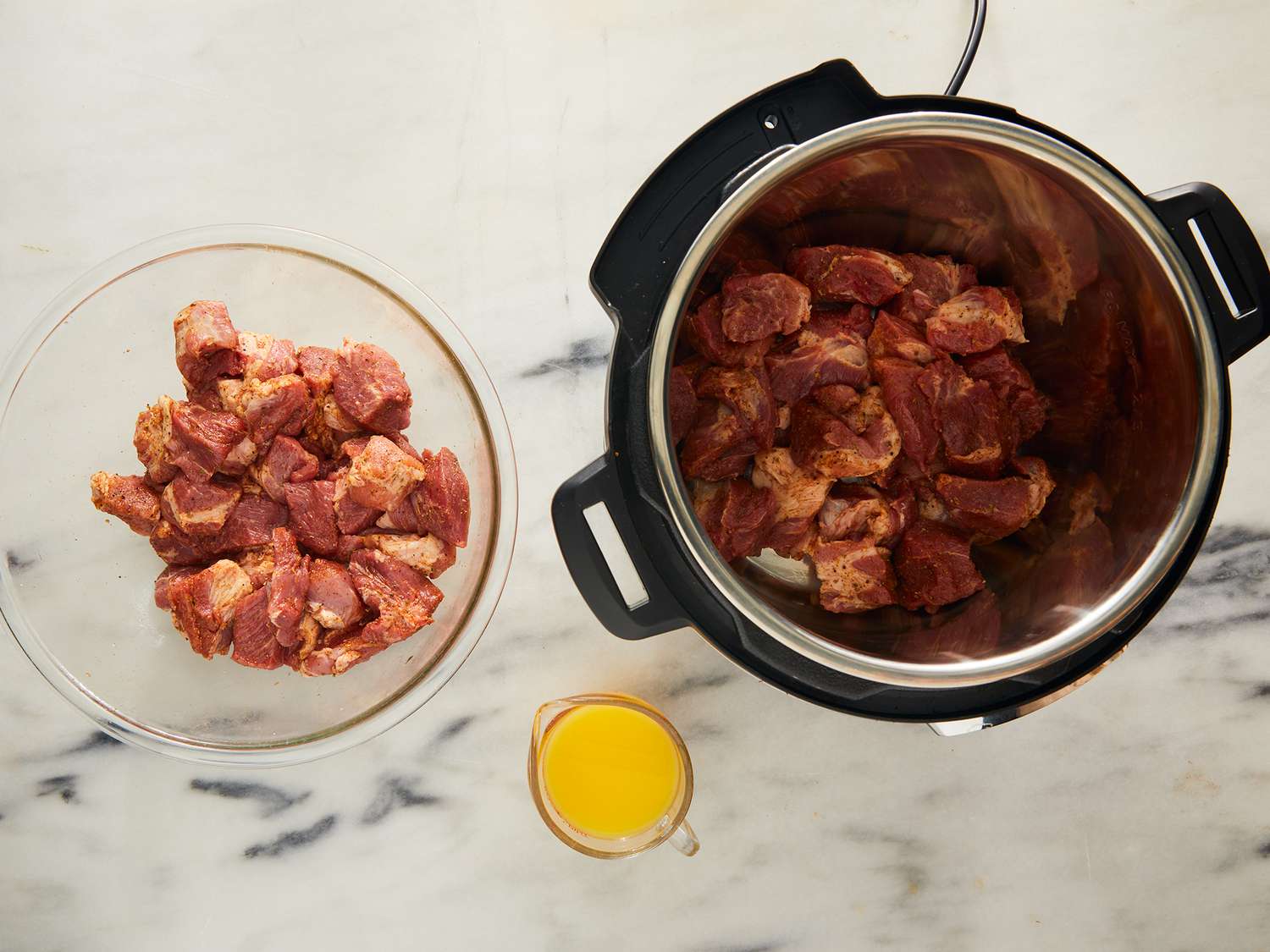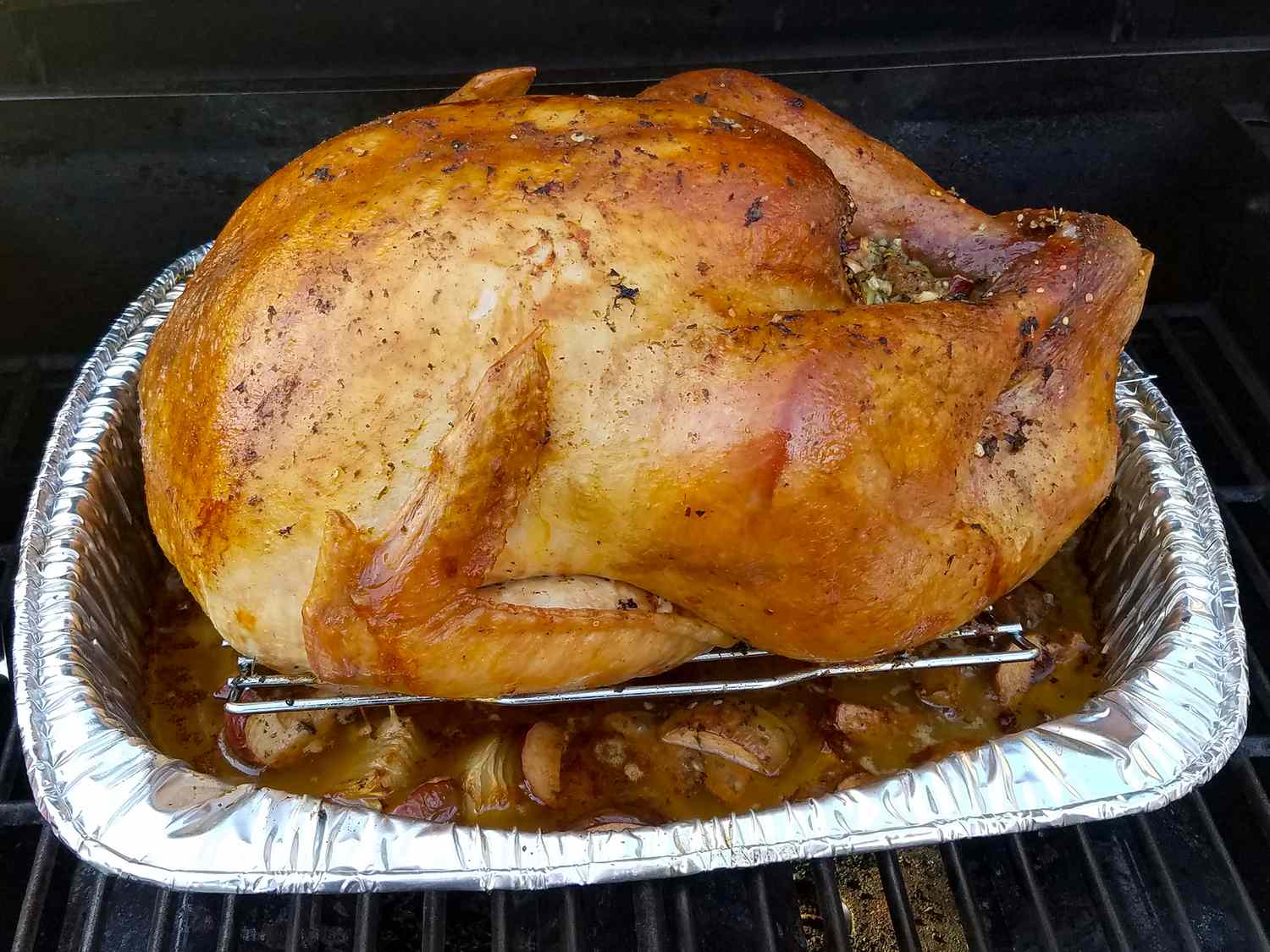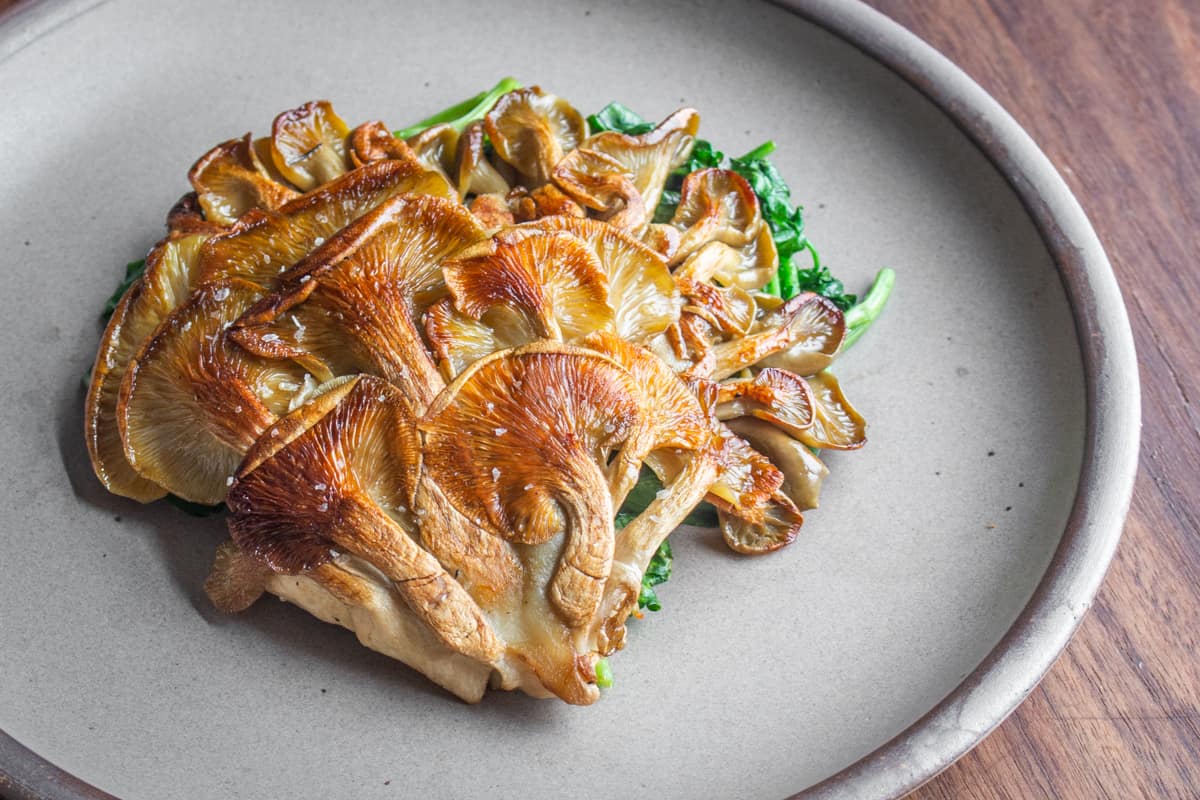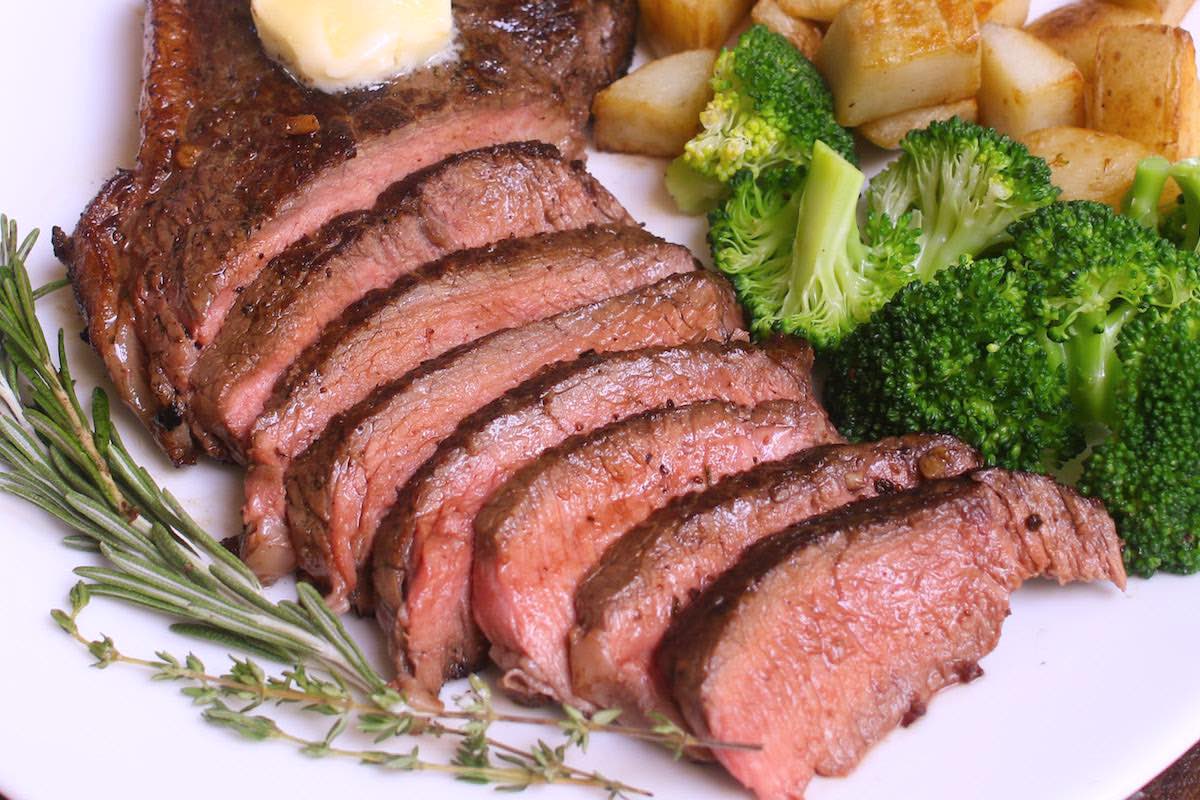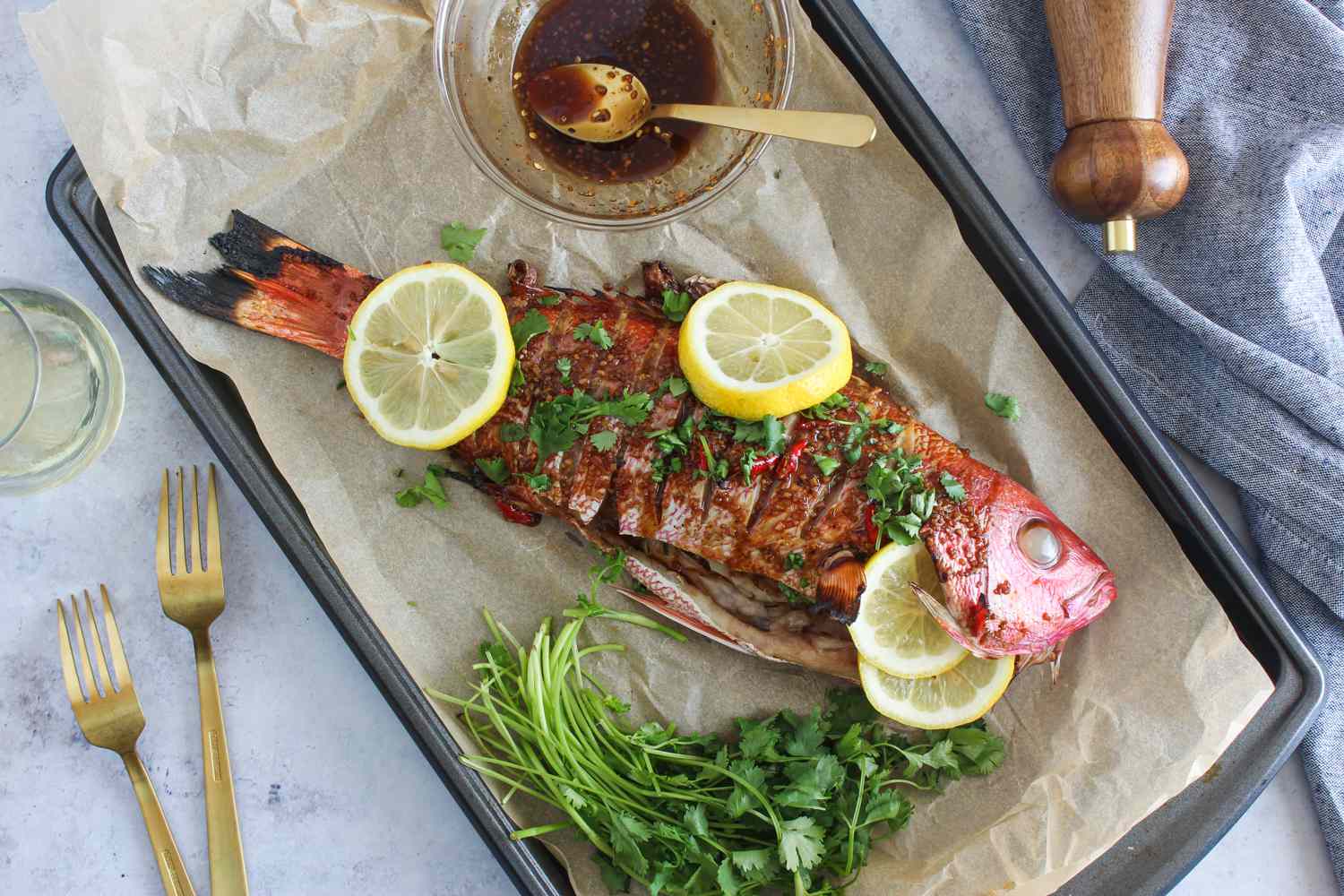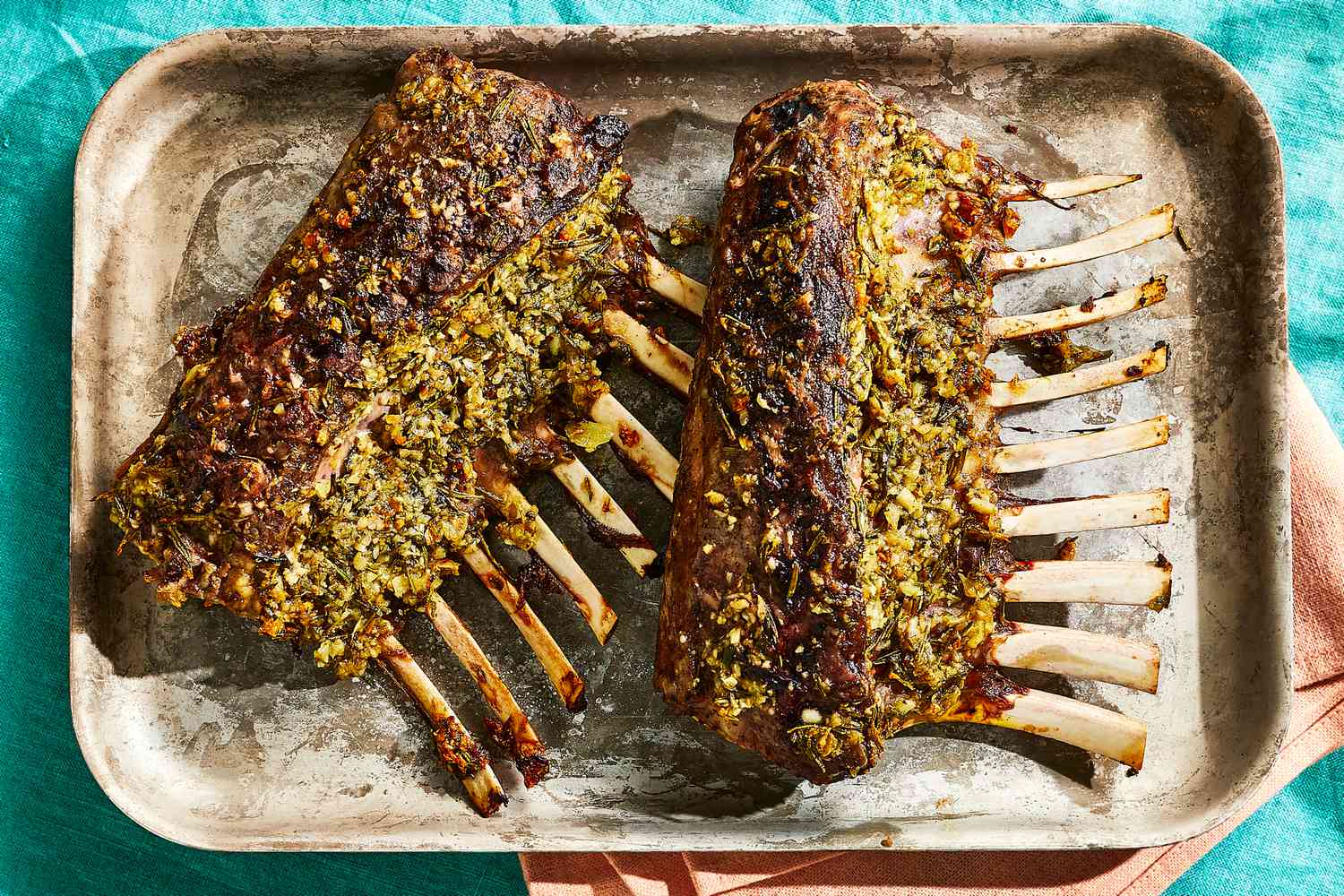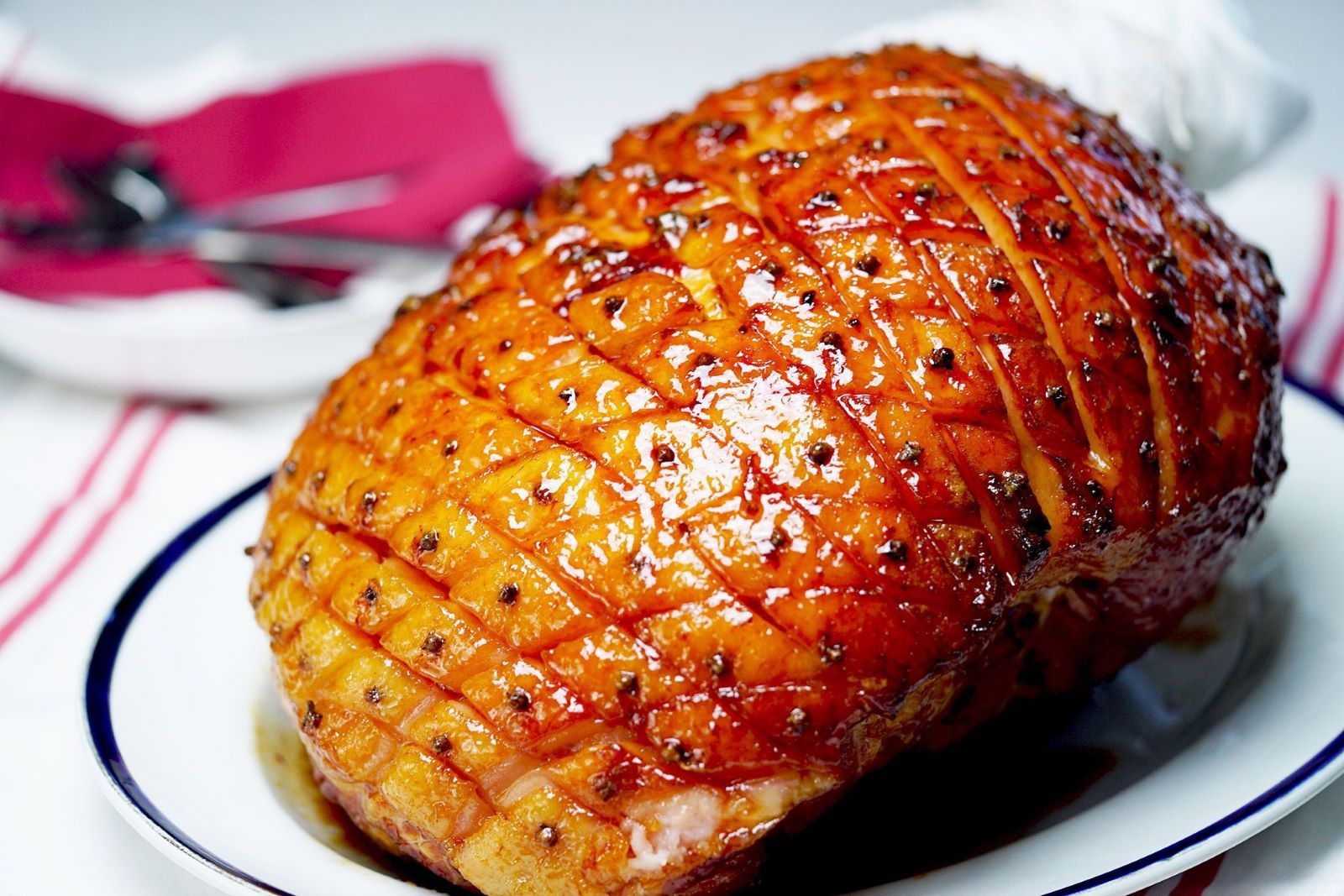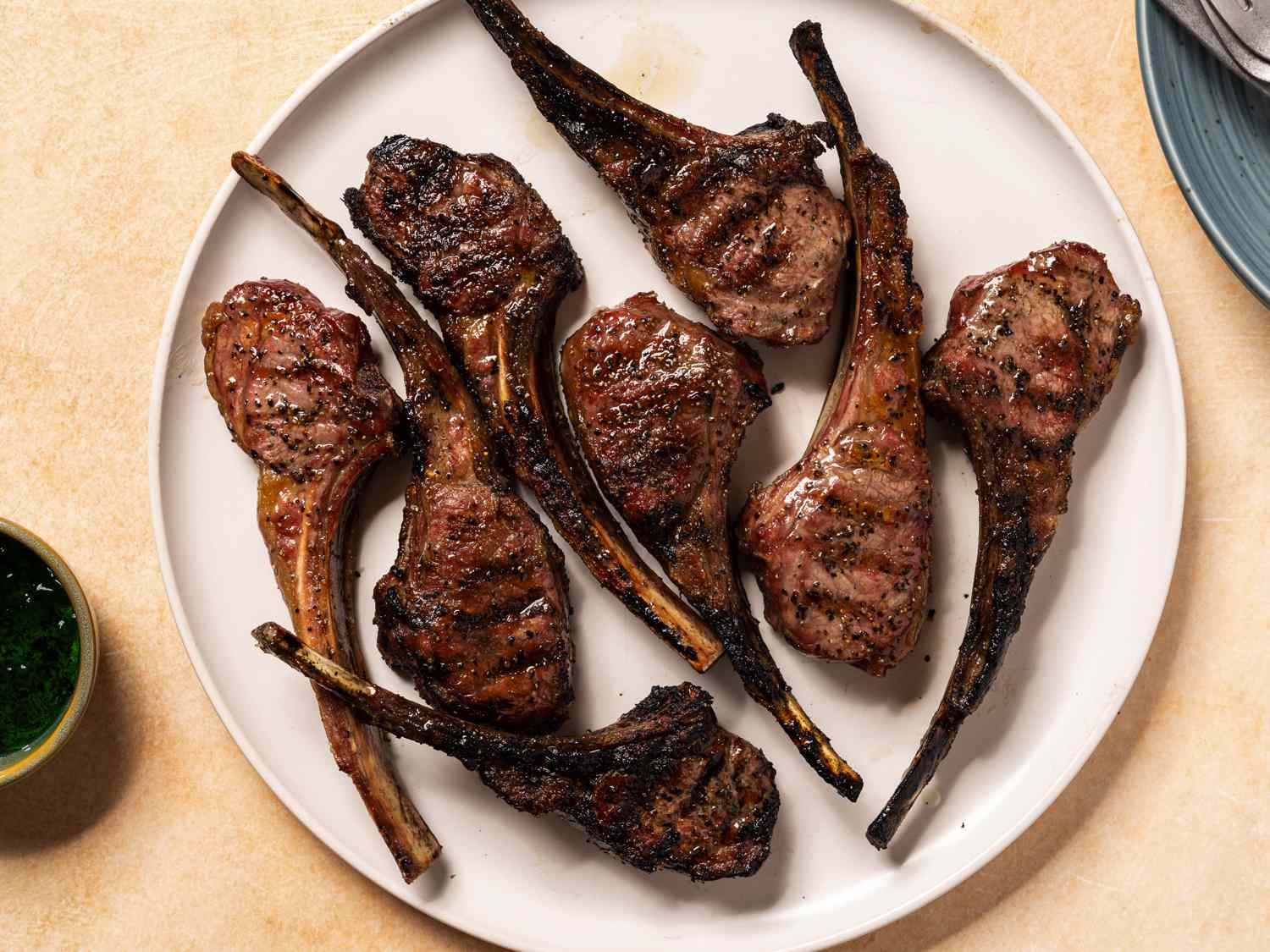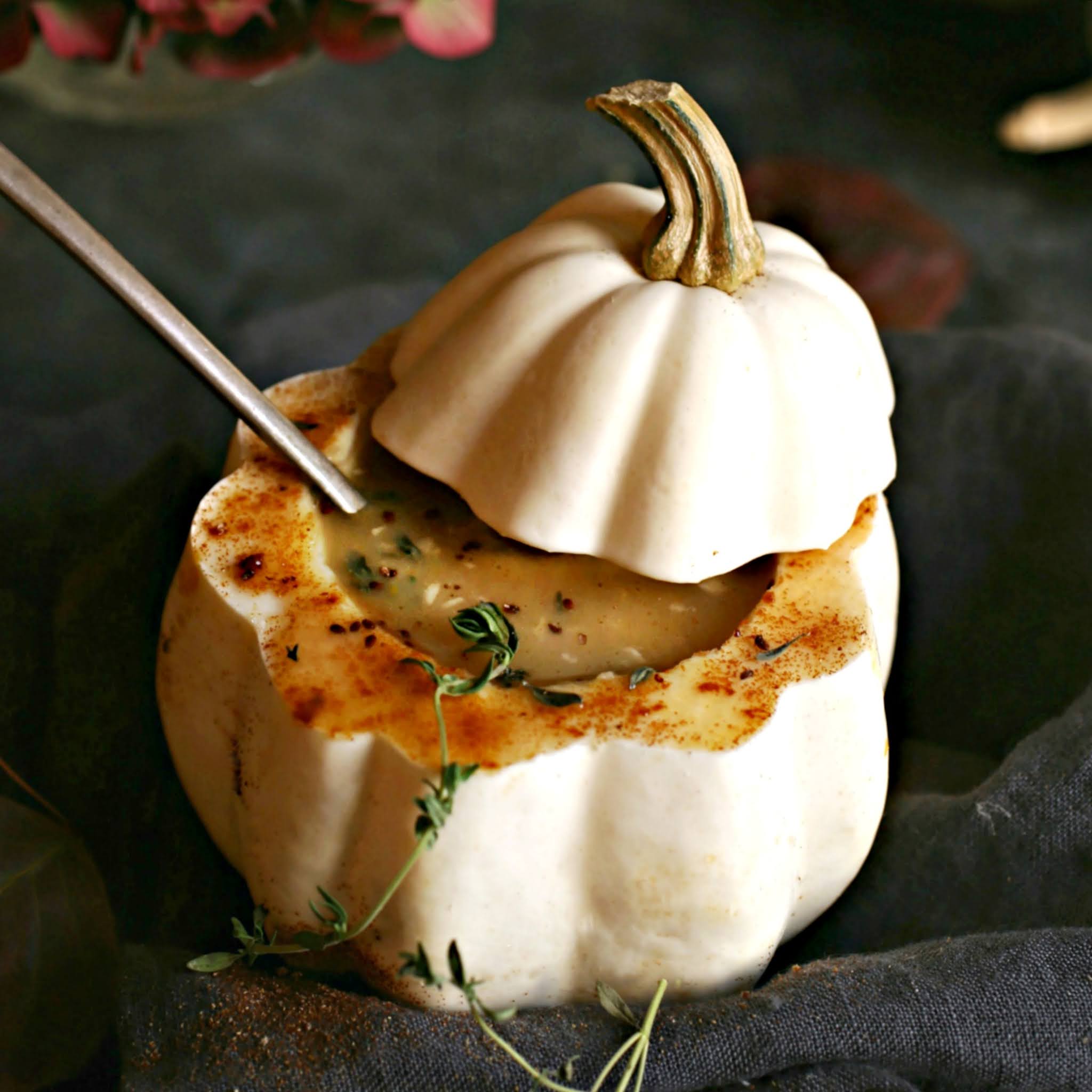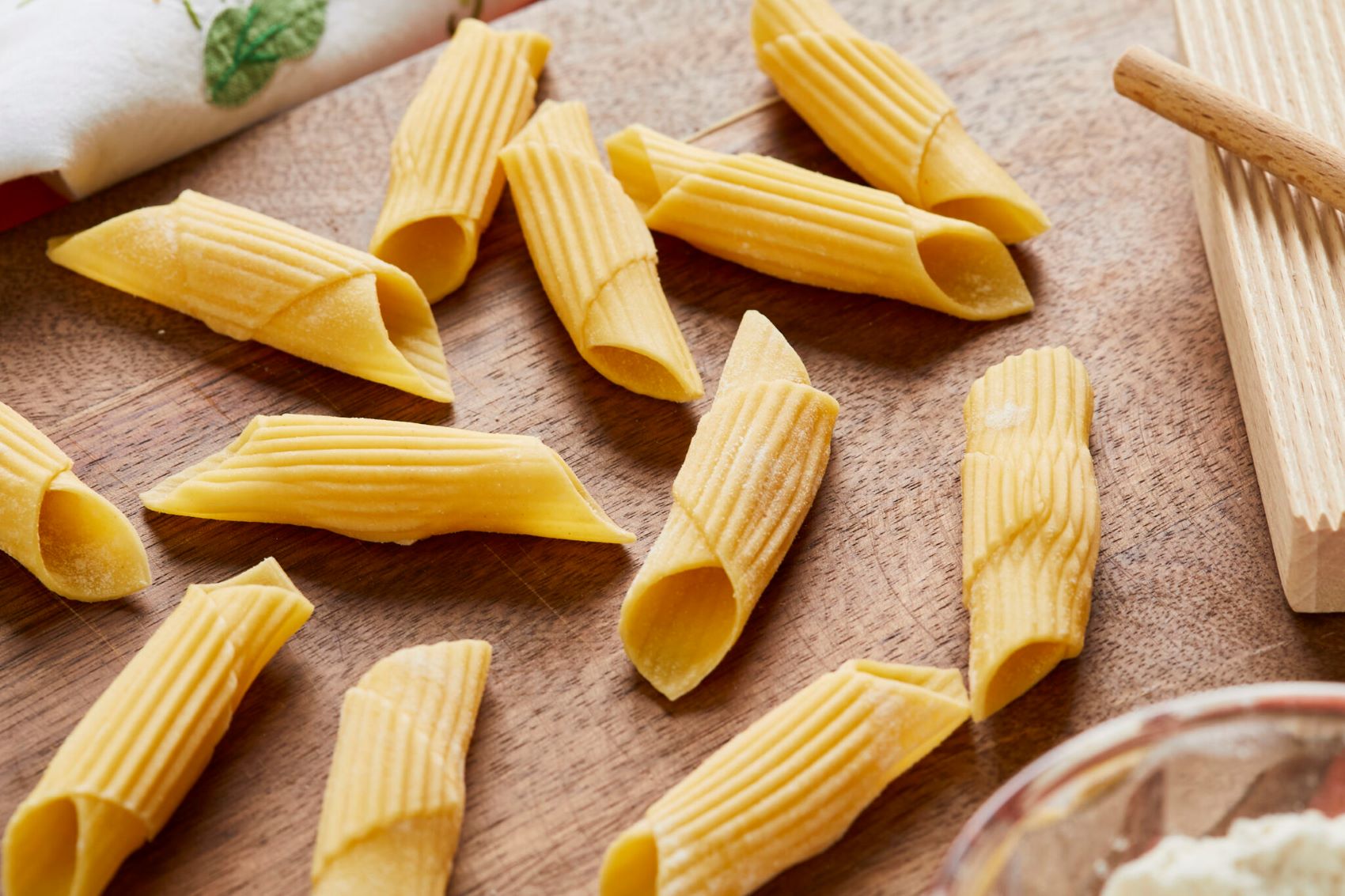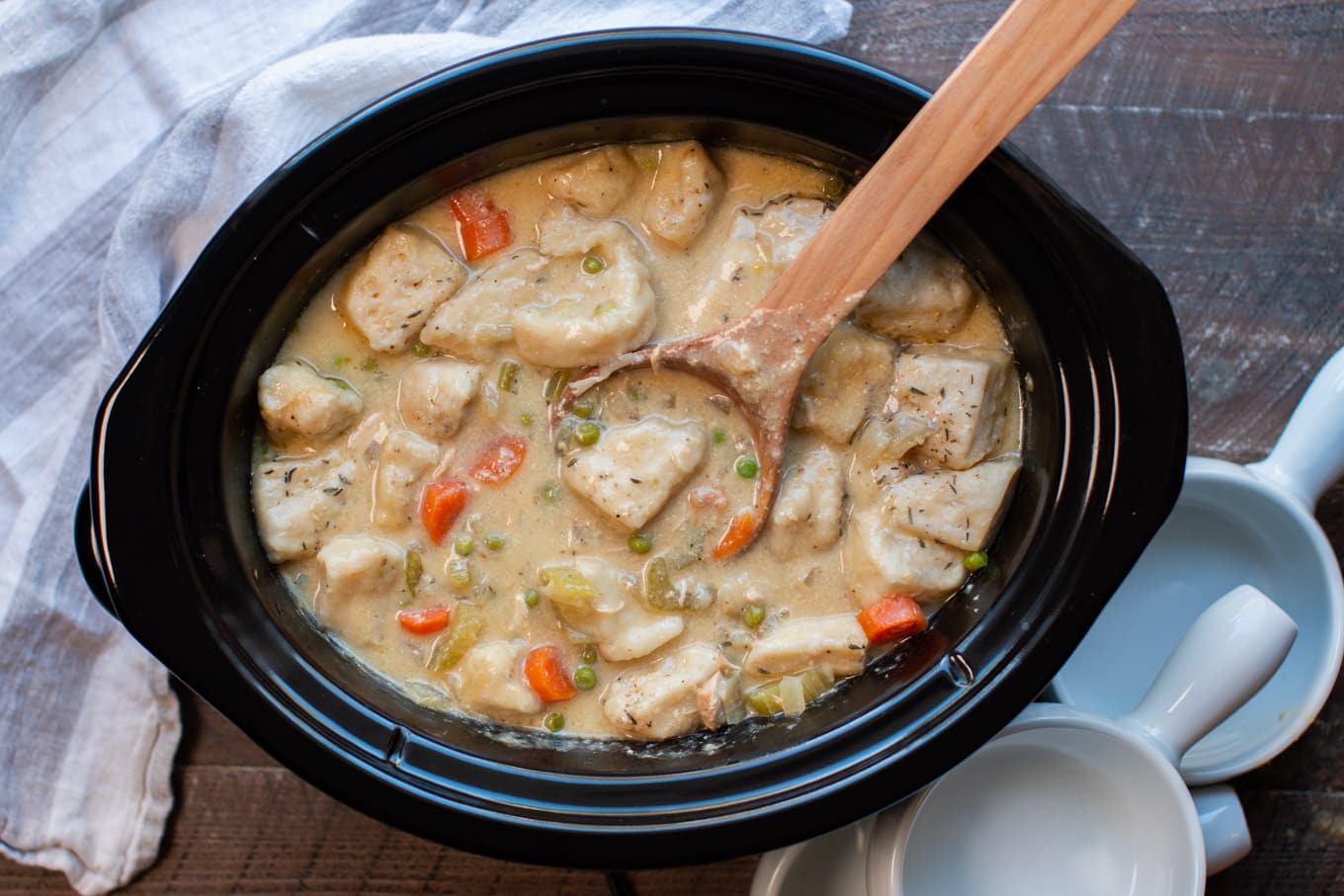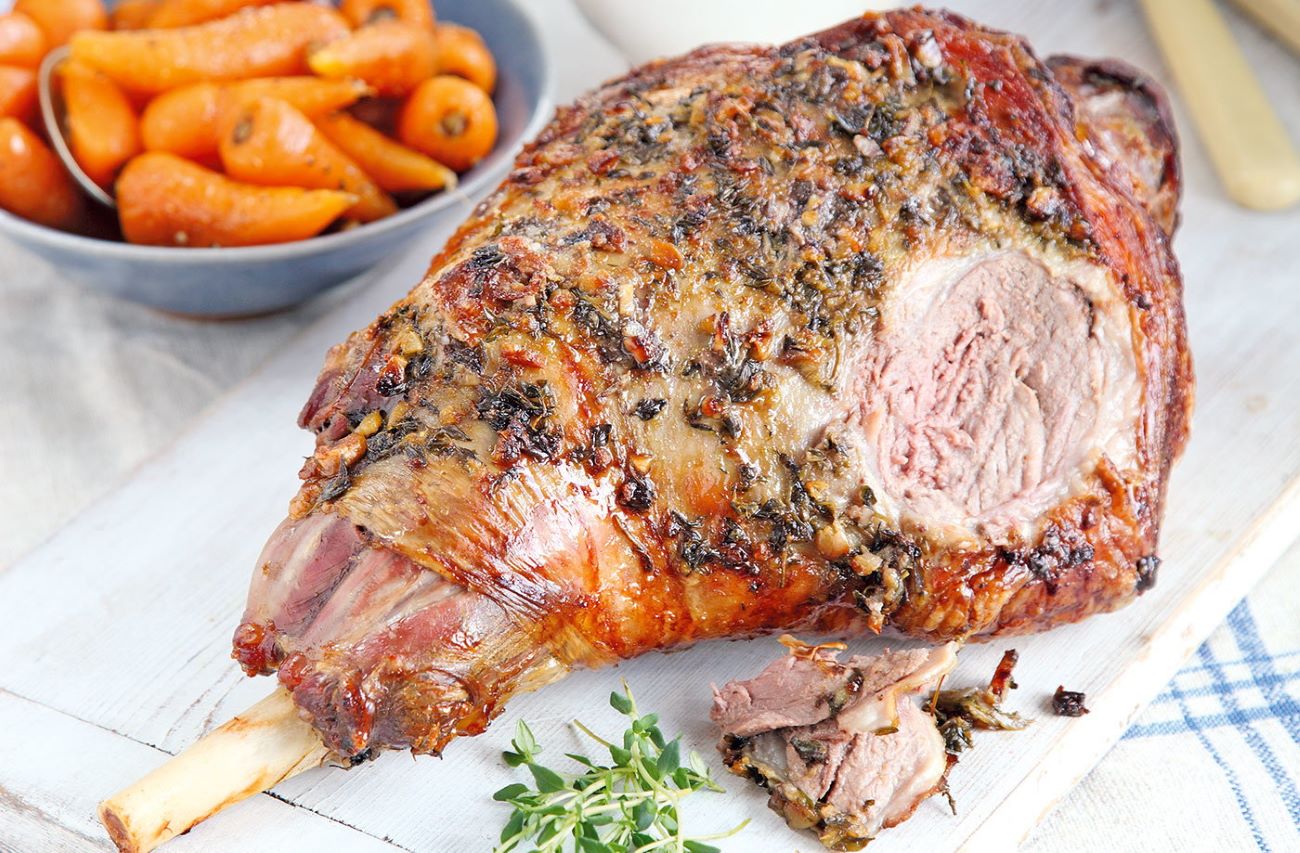Cooking a bone-in roast beef transforms any meal into a lavish feast, captivating the senses with its rich aroma and succulent taste. This culinary adventure begins with selecting the perfect cut, seasoning it to perfection, and mastering the art of slow-roasting. Whether you're an amateur chef or a seasoned kitchen warrior, understanding the nuances of cooking this classic dish ensures a mouthwatering centerpiece for your dining table. From prepping your roast to achieving that ideal tenderness and flavor, let's embark on a journey to create a bone-in roast beef that promises to be the highlight of your culinary repertoire.
Essential Ingredients for a Perfect Bone-In Roast Beef
- 5-6 lb bone-in beef roast (rib roast or similar)
- Salt (to taste)
- Black pepper (freshly ground, to taste)
- 4 cloves garlic (minced)
- 2 tbsp olive oil
- 1 tbsp fresh rosemary (chopped)
- 1 tbsp fresh thyme (chopped)
- 2 onions (quartered)
- 4 carrots (peeled and cut into 2-inch pieces)
- 4 stalks celery (cut into 2-inch pieces)
- 2 cups beef broth
Must-Have Tools for Roasting Bone-In Beef
- Roasting Pan: Essential for catching drippings and ensuring even cooking.
- Meat Thermometer: Crucial for checking the internal temperature to achieve desired doneness.
- Kitchen Twine: Helps in tying the roast to maintain shape and promote even cooking.
- Sharp Knife: Needed for trimming excess fat and slicing the roast beef.
- Cutting Board: Provides a stable surface for prep work.
- Oven Mitts: Protect hands from high temperatures when handling the roasting pan.
- Aluminum Foil: Useful for tenting the roast beef during the rest period to keep it warm.
- Basting Brush: Allows for even application of glazes or juices over the roast.
- Carving Fork: Assists in holding the roast steady while slicing.
- Serving Platter: For presenting the cooked roast beef elegantly.
For a succulent bone-in roast beef, slow-roasting is your friend. Aim for a low temperature, around 275°F, ensuring even cooking and tenderness. Use a meat thermometer for perfect doneness.
The Importance of Cooking Bone-In Roast Beef
Cooking a bone-in roast beef is about more than just preparing a meal; it's about embracing tradition and savoring flavors. Bones add depth and richness to the meat, making each bite juicier and more flavorful. This method not only enhances taste but also ensures a moist, tender texture, elevating your dining experience.
Choosing to cook bone-in also taps into age-old culinary techniques, where cooking with the bone was believed to imbue dishes with essence and character. It's a nod to our ancestors' wisdom, proving that sometimes, old methods yield the most satisfying results. Plus, it's a fantastic way to impress guests with your savvy in the kitchen.
Your Ultimate Guide to Cooking Bone-In Roast Beef
-
Select your roast: Look for a bone-in roast beef with good marbling for flavor and tenderness. Prime rib or ribeye roasts are excellent choices.
-
Preheat oven: Set your oven to 350°F (175°C). This temperature ensures even cooking.
-
Season the roast: Generously rub salt, pepper, and any other desired seasonings over the entire surface of the beef. Herbs like rosemary and thyme add great flavor.
-
Prepare for roasting: Place the beef bone-side down in a roasting pan. This position acts as a natural rack, allowing heat to circulate evenly.
-
Calculate cooking time: Plan for about 15 minutes per pound for medium-rare. Adjust accordingly if you prefer your beef more or less done.
-
Insert a meat thermometer: To ensure perfect doneness, use a meat thermometer. Insert it into the thickest part of the roast, avoiding the bone. For medium-rare, aim for an internal temperature of 135°F (57°C) before resting.
-
Roast in the oven: Place your prepared beef in the preheated oven. Avoid opening the oven door frequently, as this can lower the temperature and increase cooking time.
-
Baste the roast: Halfway through cooking, baste the beef with its juices. This process adds moisture and flavor.
-
Check for doneness: Use the meat thermometer to test if the roast has reached your desired level of doneness. Remember, the beef will continue to cook slightly after removal from the oven.
-
Rest before carving: Once removed from the oven, let the roast rest for at least 20 minutes. This step allows juices to redistribute, ensuring the meat is moist and tender.
-
Carve and serve: After resting, carve the beef against the grain into slices. Serve immediately with your favorite sides.
Mastering the Art of Bone-In Roast Beef
Cooking a bone-in roast beef might seem like a challenge, but with the right techniques and a bit of patience, anyone can turn this cut into a mouthwatering masterpiece. Remember, choosing quality meat, properly seasoning it, and giving it the right amount of time to rest are crucial steps that shouldn't be skipped. Whether you're hosting a dinner party or simply looking to impress your family, mastering this dish will definitely put you in the spotlight. Don't forget, practice makes perfect. So, if your first attempt isn't exactly as you envisioned, don't be discouraged. Each roast is a learning opportunity, leading you closer to perfection. Happy cooking, and may your roast beef be as flavorful and tender as you dream it to be!
For those keen to try their hand at cooking a bone-in roast beef, there are several standout recipes in the guide. The Garlic and Herb Crusted Ribeye Roast is perfect for those who enjoy a savory blend of herbs and garlic complementing their meat. If you're looking to add a touch of elegance to your meal, the Bone-In Ribeye with Red Wine Reduction offers a rich, flavorful sauce that elevates the dish. For a slightly sweeter twist, the Bone-In Ribeye with Balsamic Glaze brings a delightful balance of tanginess and sweetness. Fans of robust flavors will love the Bone-In Rib Roast with Dijon Herb Crust, which combines the sharpness of Dijon mustard with aromatic herbs. Another must-try is the Bone-In Rib Roast with Peppercorn Crust, which adds a peppery kick that pairs beautifully with the juicy roast. Each of these recipes provides a unique take on the classic bone-in roast beef, ensuring a memorable culinary experience.
All Your Questions About Bone-In Roast Beef Answered
How long does it take to cook a bone-in roast beef?
Cooking time for bone-in roast beef varies based on weight and desired doneness. Generally, you're looking at about 20 minutes per pound at 350°F for medium-rare. Always use a meat thermometer to check; you're aiming for an internal temperature of 145°F for medium-rare.
What's the best temperature to cook bone-in roast beef?
For that perfect bone-in roast beef, slow and steady wins the race. Oven roasting at 350°F is ideal. This temp allows the meat to cook evenly, giving you a juicy, tender roast.
Should I sear my bone-in roast beef before roasting?
Absolutely, searing it on all sides in a hot pan before popping it in the oven locks in those flavors. You'll get a nice crust on the outside while keeping the inside moist and tender.
How do I keep my roast beef moist?
Keeping your roast beef moist starts with not skipping the sear. Then, roast it fat side up so the juices baste the meat as it cooks. Basting with its juices a few times during cooking doesn't hurt either.
Can I cook vegetables with my roast beef?
Sure thing, tossing vegetables around your roast beef in the roasting pan is a great way to cook them. They'll soak up all those delicious meaty flavors. Just make sure to cut them into sizes that will cook in the same amount of time as your roast.
What's the best way to season bone-in roast beef?
Keep it simple with salt and pepper, or mix up a rub of garlic, thyme, rosemary, and olive oil for some extra pizzazz. Rub it all over your roast before searing for a flavor-packed crust.
How do I know when my roast beef is done?
Don't play the guessing game; use a meat thermometer. Insert it into the thickest part of the roast, avoiding the bone. For medium-rare, look for 145°F. If you prefer it more done, aim for 160°F for medium.
Was this page helpful?
Read Next: How To Cook A Tender Ham
